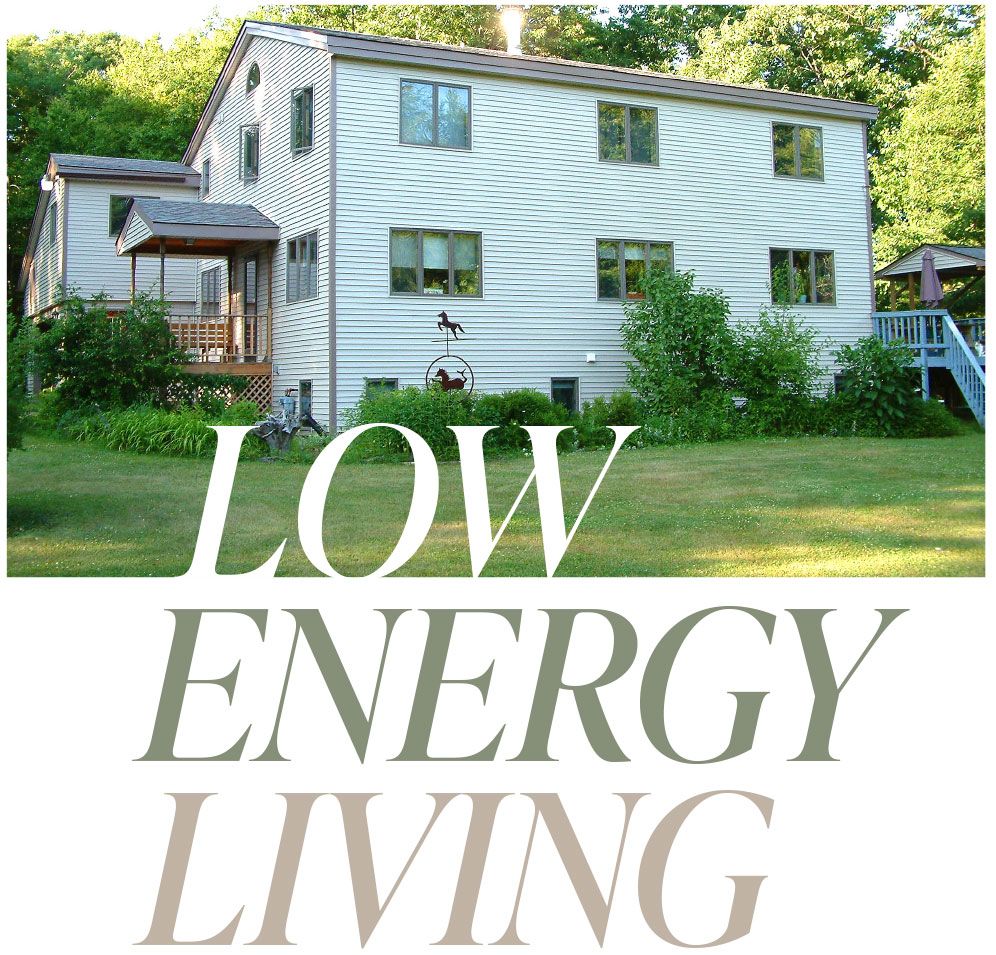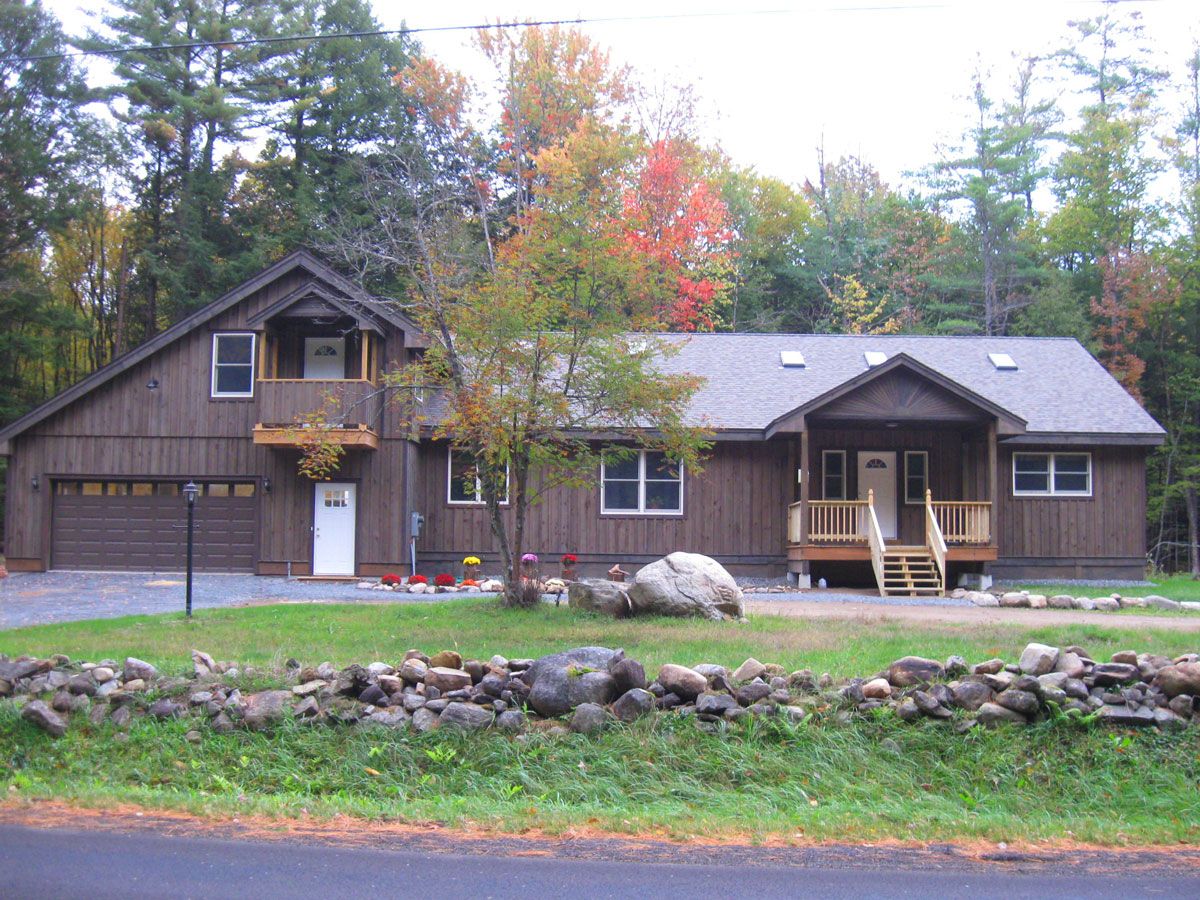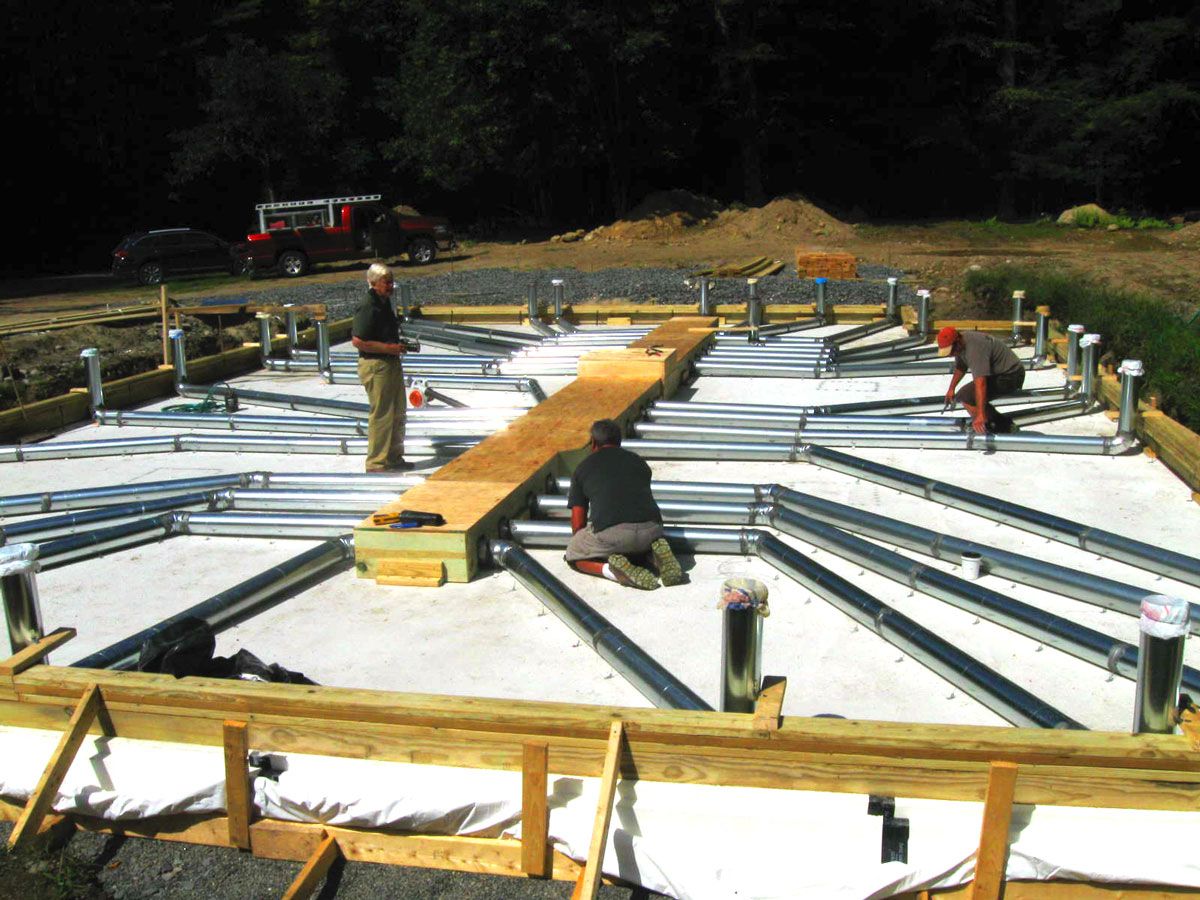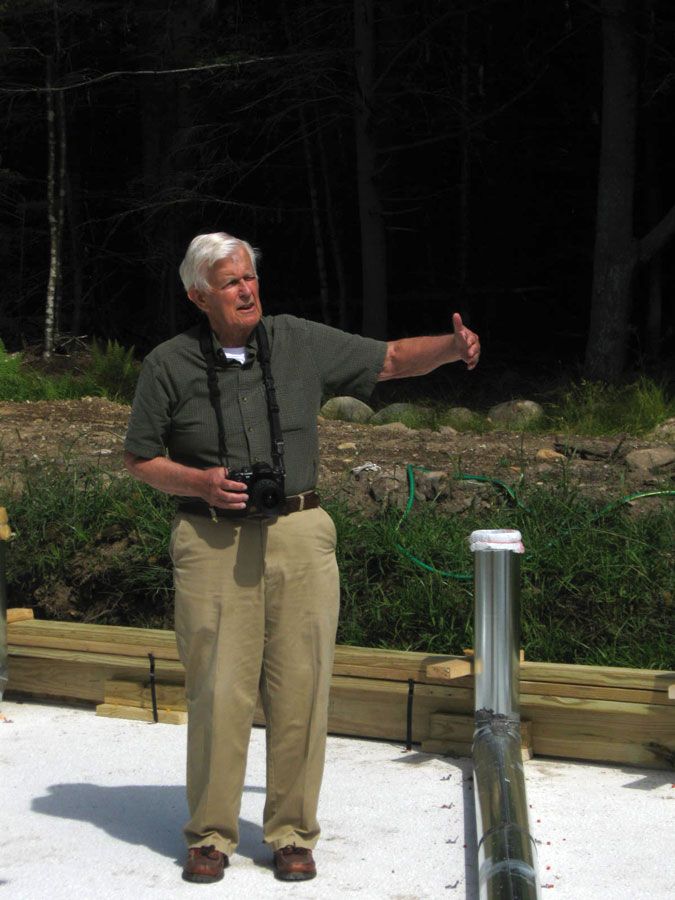
Written By Megin Potter | Photos Provided
In the coming years, New York plans to shift the way we have been building and using energy in our homes.
“Some of these new requirements should have been instituted decades ago,” said Bruce Brownell, owner of Adirondack Alternate Energy.
In his April 22, 1970 speech, at the first Earth Day event in Flushing Meadows, Long Island, Bruce said, “Soon, we will all be living in solar homes and using windmills.” He received cheers from the crowd.
Today, after years of delays caused by political discord and opposing business interests, the state is progressing toward the goal of low-energy living.


Say “Goodbye” to Gas
It comes as no surprise to Bruce that Governor Kathy Hochul wants to replace heavily-polluting gas in homes. When Bruce graduated from the SUNY College of Environmental Science and Forestry in 1964, he already felt an urgency to address the environmental impact rapid urbanization in the1950s had created.
With a loan from his father (who was, at first, skeptical of “alternative” building techniques) Bruce built his first passive solar home. Within three years, 130 people were invited to spend three nights there while their energy usage and the home’s performance was monitored. Six of the participants were so impressed with the results of the study, they hired Bruce to build them homes, too.
In the sixty years since, Bruce has built nearly 400 more passive solar homes. In 2013, he won the American Energy Society Solar Builder of the Year award, and more than 5,000 students, engineers, and building professionals have attended his seminars and classes.
Bruce also worked with organizations including the Brookhaven National Laboratory, NYSERDA, and Harvard University to conduct eight multi-year air quality studies. These revealed that the air inside homes with gas appliances was more polluted than the air at busy traffic intersections with a high exposure to automobile exhaust fumes.
“Testing local houses really opened everybody’s eyes,” said Bruce.
Let the Sunshine In
To eliminate the pollution dumped into the air from the thousands of gallons of fossil fuels that so many use to control the temperature of their homes, Bruce instead harnesses the sun for energy.
By orienting new structures to face south, the sun provides homes with huge amounts of free energy. Even in existing structures, maximizing the number of windows on the south side (made with glass that allows direct sunlight to permeate by up to 80 percent) is crucial, said Bruce.
Since 2008, the building industry has moved in the opposite direction, he added, instead mostly producing windows with special coatings that act like a mirror reflecting ultra-violet light.

Power Up
Once the sun is allowed into the house, 'high thermal mass' materials, like concrete, act like a battery, charging up with heat during the day, and releasing it at night.
To maximize heat storage, Bruce builds an insulated slab foundation made of 12 inches of concrete in a crushed stone drainage bed atop an impervious membrane liner. A network of galvanized piping distributes circulating hot air heat from the battery through the house. By covering all six sides of the home with four inches of polyisocyanurate insulation, (a high-quality, but expensive water, vapor, and air barrier) AAE is making the home into a super-insulated cocoon, not only water tight, as all new construction should be, but humidity tight as well.
A Breath of Fresh Air
Air driven by a fan (that never stops running) is also drawn down from the ceiling and circulated through a high-efficiency filtration system that improves air quality while practically eliminating the need to dust.
Because heat naturally rises, the second floor of a conventionally-built home can be as much as 12 degrees hotter than the first floor, unlike in Bruce’s buildings, where, over a 24-hour period, the temperature remains relatively constant (and upstairs can even be a few degrees cooler).
Wood, which absorbs moisture from the air, naturally moderates a home’s humidity. By using exposed wood for interiors instead of sheetrock, you won’t need to manually regulate the air’s moisture with machines, and you won’t have to water indoor plants as often, added Bruce.
Bringing It Home
The passive solar homes’ combination of insulation, air-tightness, and solar gain is so efficient, it attracted the attention of engineer Chuck Haugh. After attending Bruce’s six-week seminar at Union College in the 1980s, he incorporated these concepts into his own Burnt Hills home in 1991.
In 2020, while Chuck and his wife, Wendy, were designing their new passive solar home in Northville, they hired Bruce to design the thermal mass battery, insulation envelope, and air circulation systems.
“We’ve had no problems and have loved both homes!” said Wendy.